Discover the latest technological trends and innovations influencing the electronic beauty market in 2022. There is a high demand for at-home devices that provide salon-like services, ranging from LED devices to high-frequency and microcurrent facial devices, AI-influenced products, and laser hair removal tools. This article will explore the most lucrative beauty tools in the market to acquire customers and boost sales.
Table of Contents
Overview of the beauty industry
Significant trends in beauty tech
To sum up
Overview of the beauty industry
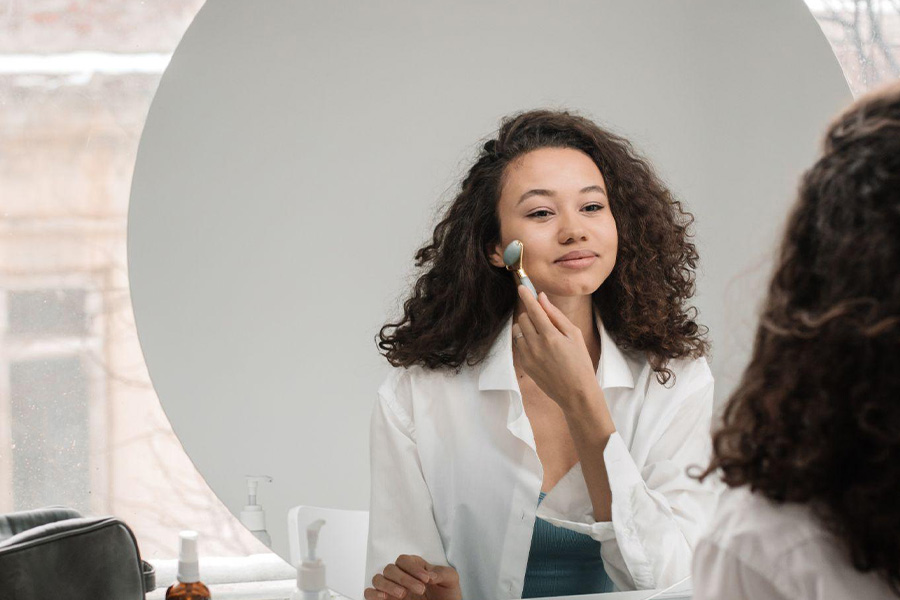
The global skincare device market was worth $9,531.9 million in 2019 and is projected to grow to $28,157.21 million by 2030, growing at a CAGR of 11%. The major growth drivers are rising consumer awareness of beauty devices, increasing concern for skincare, the recurrence of skin disorders, and rising wealth among individuals. Mini beauty gadgets used at home are in high demand as shoppers seek quick and convenient services without having to step out. Consumers can now practice their beauty regimen right at home without paying exorbitant rates, allowing maximum convenience. Among these devices, customers are more interested in anti-acne and anti-aging tools.
Significant trends in beauty tech
LED devices
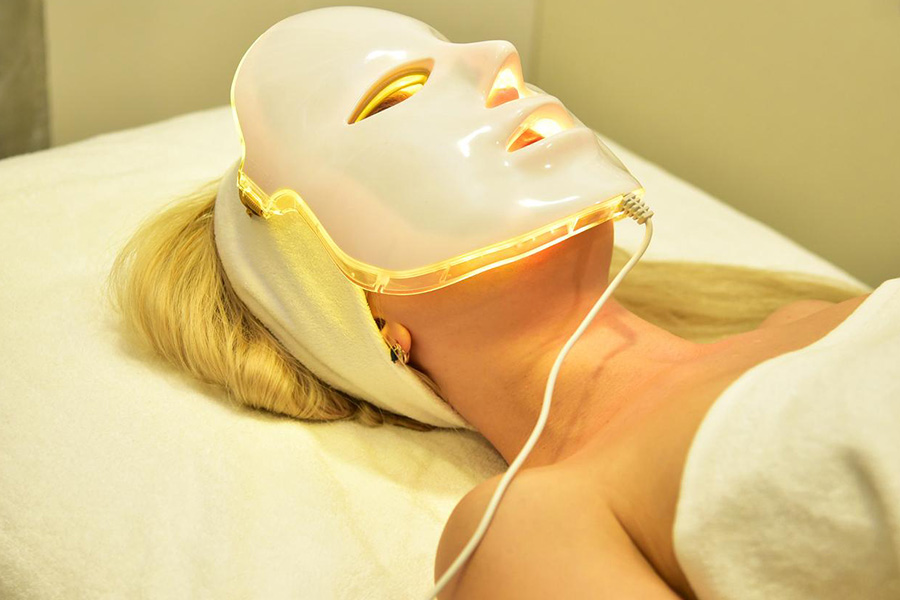
LED (light-emitting diode) technology has gained popularity, particularly in salons that offer it as part of a facial package. LED devices emit light onto the skin at various wavelengths for different purposes. The most common light therapies are red and blue, primarily used to eliminate skin bacteria or treat other skin ailments when used with other products. Blue light treats acne by targeting the bacteria that causes acne; yellow and green lights treat uneven skin tones; red light is used to combat anti-aging by encouraging the production of different vital proteins in the skin.
The wavelength of the light, the duration of the therapy, and the power of the light source all influence how effective LED treatment is. According to experts, brief pulses at a high frequency must be provided, whether in a professional setting or at home, to reap the full benefits of this treatment. Devices with multiple light therapies and settings for different purposes such as moisture, fine-line treatment, and eczema treatment are popular on the market. Remember that it’s critical to look for products with all the necessary certifications and safety gear, such as goggles.
Hair removers
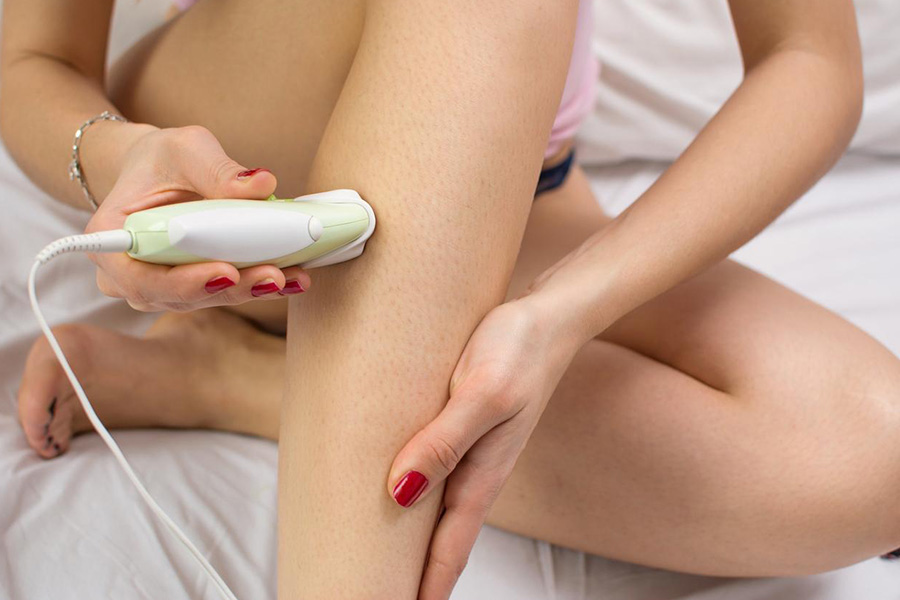
The market has constantly been flooded with hair-removing tools such as razors to assist women in getting rid of unwanted hairs, but they come with issues, such as ingrown hair, razor burn, and so on. Laser technology is an excellent alternative to waxing and shaving; however, it was a costly and time-consuming procedure in the past. New at-home laser hair removal devices have hit the market, providing consumers with cost-effective and practical solutions.
Most of these devices use powerful pulsed light to destroy hair follicles by releasing multiple wavelengths of light combined with heat. The follicles are damaged in this treatment by exposing them to light, which is transformed into heat, preventing future hair growth. Aside from laser hair removal devices, additional products in this category include trimmers and grooming accessories. Look for products that have FDA approval and all the necessary safety features.
Facial cleansing brushes

Electrical face cleaning brushes are gaining popularity as people become more involved with healthy skin regimens. These devices help remove excess oil, dirt, and build-up from the face by gently exfoliating the skin. They also come in several forms to suit various skin types and requirements. As pollution levels rise in major cities, people are looking for ways to keep their skin healthy and nourished, and these devices can help. These instruments remove impurities while maintaining the skin’s moisture balance, making it appear fresh and hydrated. They also aid in the maintenance of the skin’s PH level.
The growing popularity of cleansing brushes and cleaning devices for brushes and other beauty equipment is projected to fuel the market soon. Organic and sustainable products with fewer chemicals and enhanced safety features are becoming more prominent.
Microcurrent facial devices
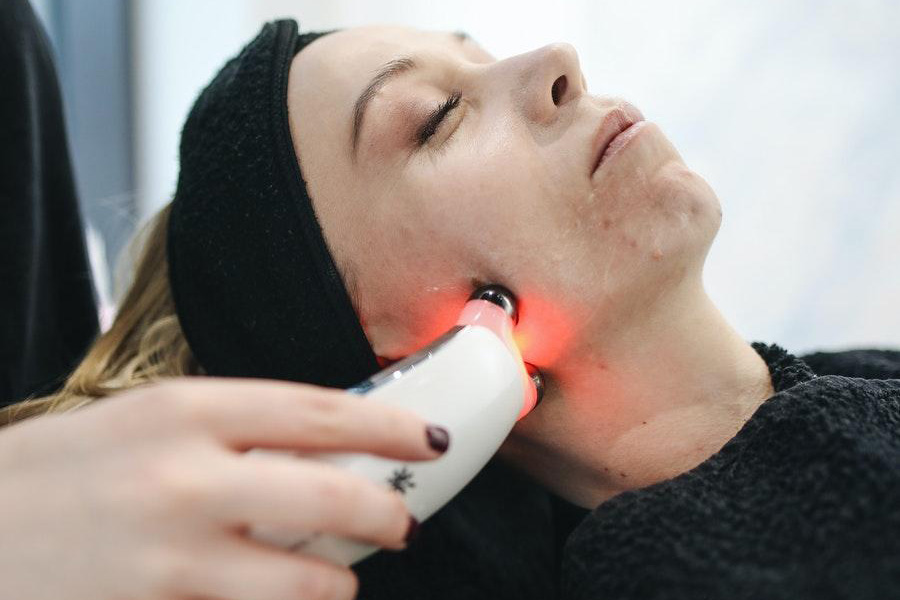
Microcurrent therapy has been popular in professional clinics for some time, but it has recently gained even more popularity due to the introduction of at-home devices. These devices use mild electrical impulses to tone up the muscle beneath the skin. With continued use, the skin appears more toned and lifted. Apart from toning, they also improve circulation, stimulate collagen and elastin production, and improve the penetration of skincare products. These products also stimulate ATP, the energy responsible for muscle reeducation and protein synthesis.
It is recommended to look into products with a user-friendly framework to make it easier for first-time users to operate. Look for products that are easy to wash, preferably made from materials such as silicone. It is also critical to have FDA-approved products with all necessary safety precautions and certifications.
At-home beauty diagnostics
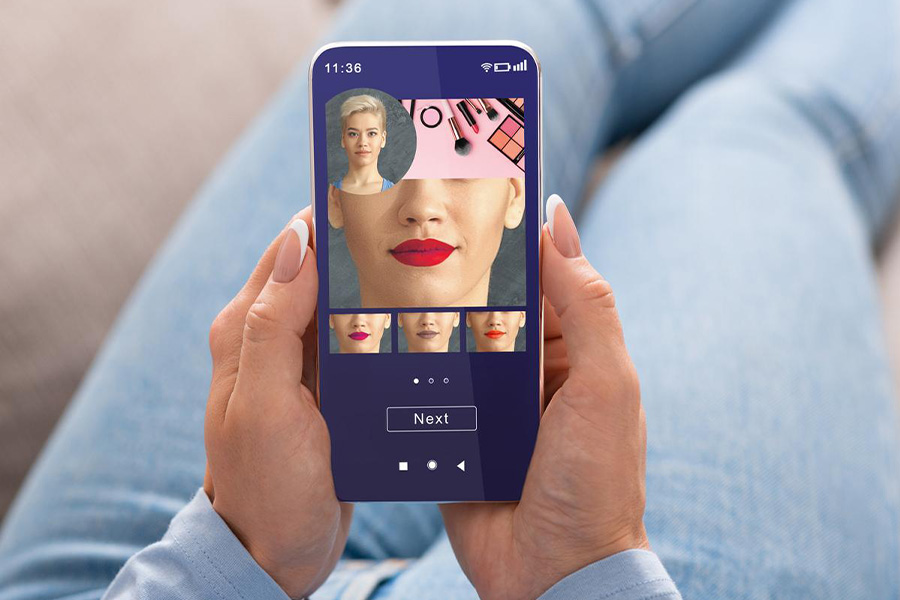
With the growing influence of AI within the beauty space, customers are increasingly seeking virtual assistance when purchasing cosmetics rather than going to a retail shop. Customers usually try on and test products before purchasing them, but virtual try-on apps allow them to see how the product will look on their faces. These apps are ideal for cosmetic items such as lipstick and foundations, allowing customers to see 3-D images using high-powered scanners. Clients can explore shades that match their skin tone and make suggestions that are best suited to them using facial recognition. Gone are the days when people had to try on multiple things to find the right one.
High-frequency anti-acne devices
Earlier, these high-tech treatments were only available in clinics and spas, but now there are several mini devices available in the market that can be used to get a salon-like experience at home. This treatment works by using gentle currents to oxygenate the skin, which helps fight against acne-causing bacteria. This treatment has several advantages, including reducing inflammation, large pores, and redness, increasing circulation, killing bacteria, and hydrating the skin. Consumers prefer to use devices with a user-friendly interface, so look out for these options.
People of all ages use anti-acne devices, so they should have a user-friendly design. They should also be energy-efficient, lightweight, and portable so that they are travel-friendly, a feature that shoppers will love.
Personalized skincare
Customers now demand customized solutions to suit their individual needs as the technology and AI advance. There is a growing trend toward using such tools to evaluate specific problems and modify treatment protocols accordingly. Consumers may now take a picture of their skin with their smartphone, which is then analyzed by high-powered apps to diagnose skin conditions.
AI-powered devices also provide daily or weekly skin analyses to determine the success of the treatment. They use AI technology to offer personalized cosmetic advice based on each individual’s skin tone. Consumers are warming up to having a skincare consultant on the phone, as it is easier to get a diagnosis at home. Exploring products that diagnose and deliver customized skincare products is a good idea.
To sum up
Customers today want tailored and personalized products, so look for brands that cater to individual needs and requirements. The beauty industry is dominated by AI, with brands focusing on providing custom-made products to meet specific beauty needs. The way products are marketed, sold, tested, and manufactured has completely changed due to the increasing influence of technology. Shoppers look for efficient beauty products that are affordable, easy to operate, and cater to their skin requirements. LED devices, microcurrent facial and high-frequency devices are the latest inventions in the at-home beauty space and will grow in popularity.



